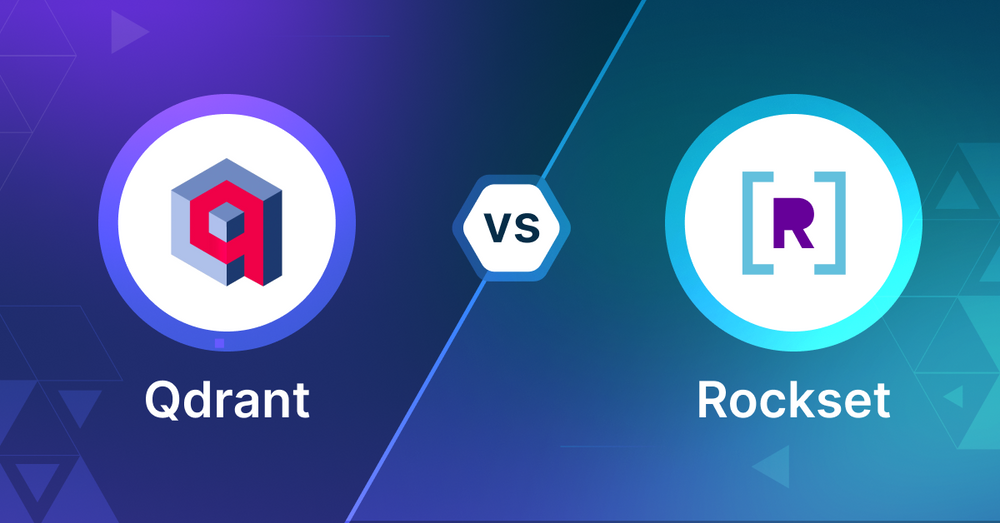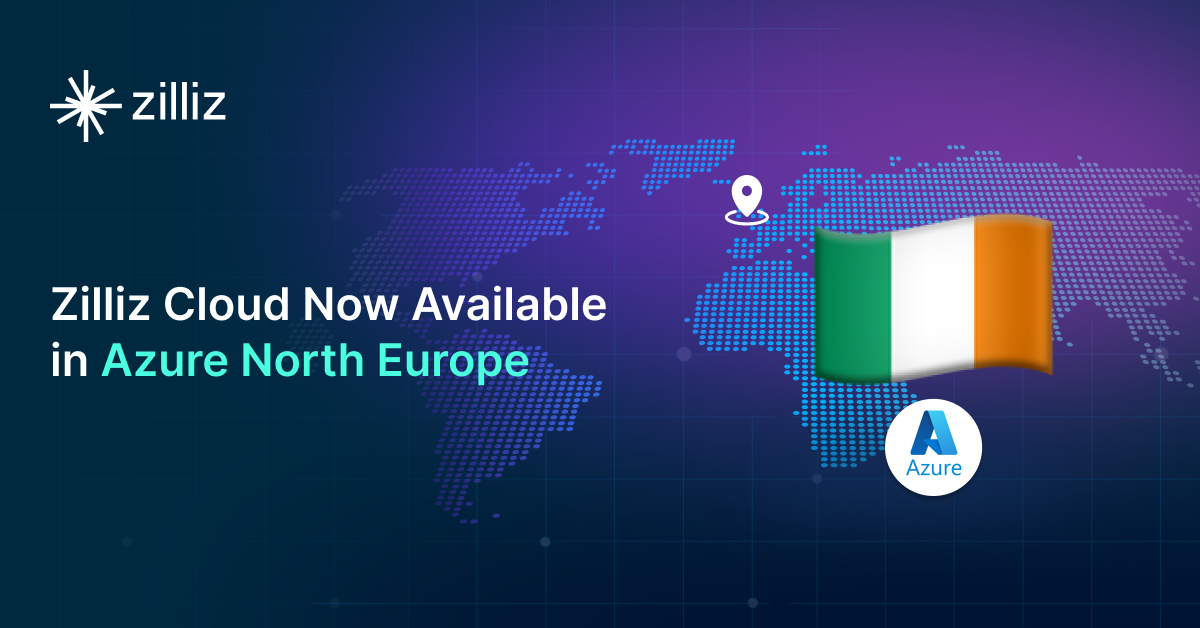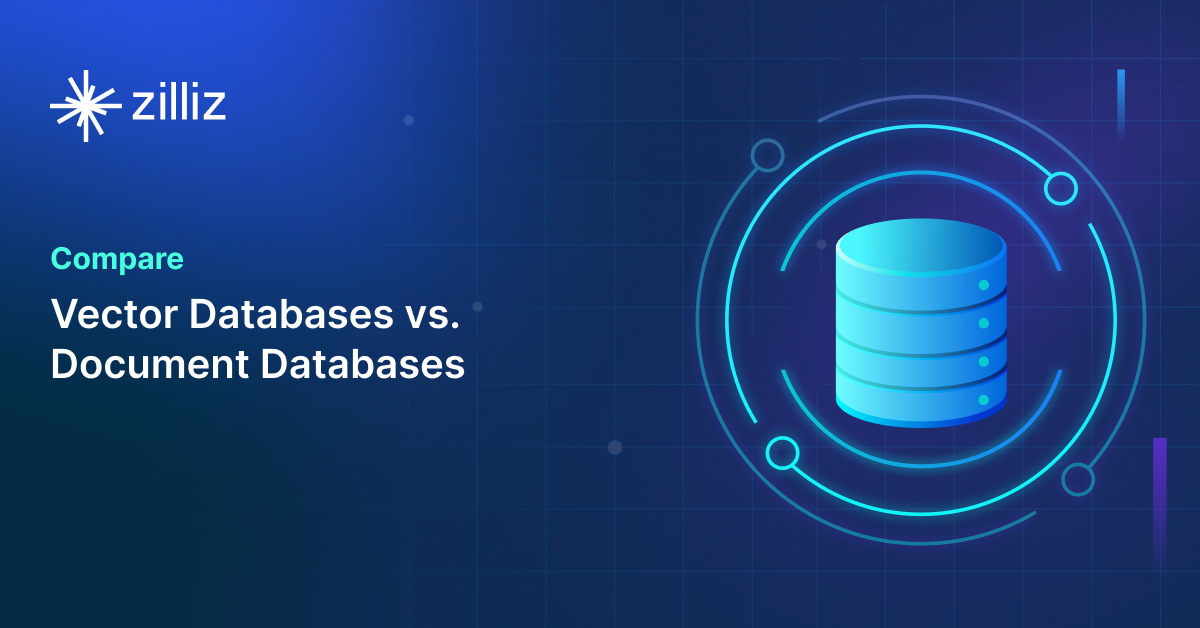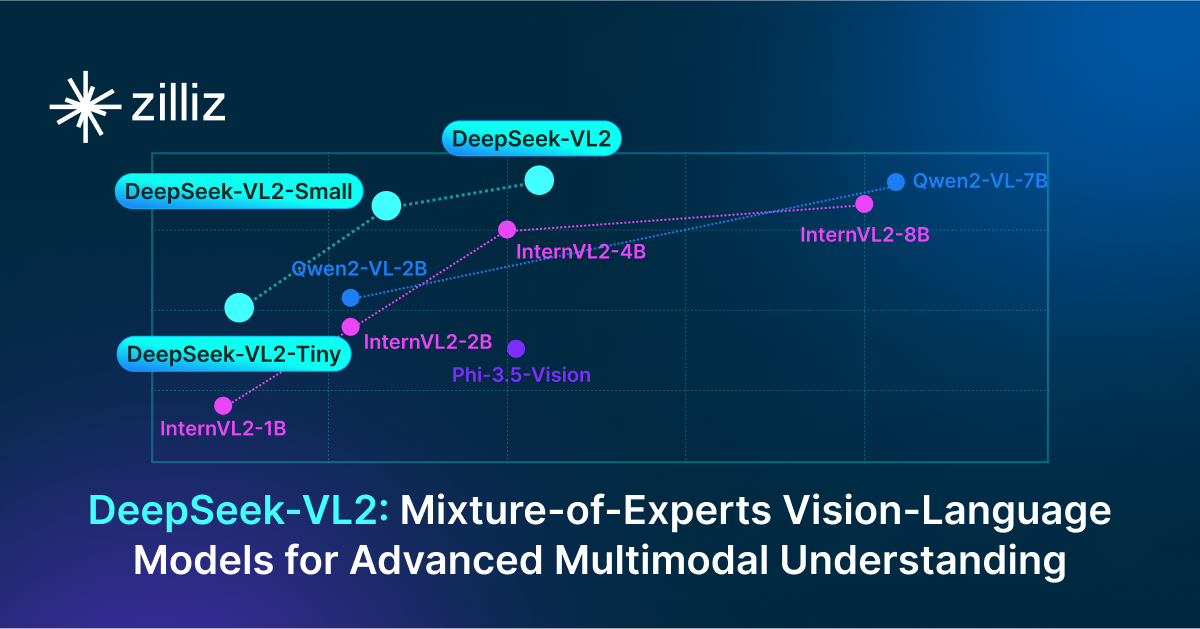Qdrant vs Rockset Choosing the Right Vector Database for Your AI Apps

What is a Vector Database?
Before we compare Qdrant and Rockset, let's first explore the concept of vector databases.
A vector database is specifically designed to store and query high-dimensional vectors, which are numerical representations of unstructured data. These vectors encode complex information, such as the semantic meaning of text, the visual features of images, or product attributes. By enabling efficient similarity searches, vector databases play a pivotal role in AI applications, allowing for more advanced data analysis and retrieval.
Common use cases for vector databases include e-commerce product recommendations, content discovery platforms, anomaly detection in cybersecurity, medical image analysis, and natural language processing (NLP) tasks. They also play a crucial role in Retrieval Augmented Generation (RAG), a technique that enhances the performance of large language models (LLMs) by providing external knowledge to reduce issues like AI hallucinations.
There are many types of vector databases available in the market, including:
- Purpose-built vector databases such as Milvus, Zilliz Cloud (fully managed Milvus)
- Vector search libraries such as Faiss and Annoy.
- Lightweight vector databases such as Chroma and Milvus Lite.
- Traditional databases with vector search add-ons capable of performing small-scale vector searches.
Qdrant is a purpose-built vector database. Rockset is a search and analytics database with vector search capabilities as an add-on. This post compares their vector search capabilities.
Qdrant: Overview and Core Technology
Qdrant is a vector database for similarity search and machine learning. Built from the ground up for vector data, it’s the go to choice for AI developers. Qdrant optimizes performance and can handle high dimensional vector data which is key for many modern ML models.
One of the key strengths of Qdrant is its flexible data modeling. You can store and index not just vectors but also payload data associated with each vector. This means you can run complex queries that combine vector similarity with filtering on metadata, so you can have more powerful and nuanced search. Qdrant ensures data consistency with ACID compliant transactions even during concurrent operations.
Qdrant’s vector search is at the heart of the platform. It uses a custom version of the HNSW (Hierarchical Navigable Small World) algorithm for indexing which is efficient in high dimensional spaces. The Distance Matrix API allows to calculate efficiently pairwise distances between vectors, so it’s great for tasks like clustering and dimensionality reduction - even with thousands of vectors. For scenarios where precision matters more than speed, Qdrant also supports exact search and provides visual tools to explore vector relationships through the Graph UI.
What’s special about Qdrant is its query and optimization features. Its query language works seamlessly with vector search and supports complex operations including a powerful Facet API to aggregate and count unique values in the data. Memory optimization features like on-disk text and geo indexing allow to handle large scale deployments while keeping performance through intelligent caching. Qdrant has automatic sharding and replication for scalability and supports various data types and query conditions from string matching to numerical ranges and geo-locations. The scalar, product and binary quantization features can reduce memory usage and speed up search, especially for high dimensional vectors.
You can configure the trade off between search precision and performance with both approximate and exact matching depending on your use case. The architecture is designed for real world scenarios where vector search needs to be combined with filtering and aggregation, so it’s great for building practical AI applications.
Rockset: Overview and Core Technology
Rockset is a real-time search and analytics database for structured and unstructured data, including vector embeddings. Its sweet spot is ingesting, indexing and querying data in real-time so it’s great for applications that need up-to-the-second insights. Rockset supports both streaming and bulk data ingestion, can process high velocity event streams and change data capture (CDC) feeds in 1-2 seconds.
One of Rockset’s key features is Converged Indexing built on mutable RocksDB. This allows for in-place updates of vectors and metadata so it’s super efficient for scenarios where data changes frequently. Rockset can handle documents up to 40MB and supports vector dimensionality up to 200,000 so it’s good for a wide range of vector embedding use cases.
Rockset has vector search built into the core. It supports K-Nearest Neighbors (KNN) and Approximate Nearest Neighbors (ANN) search methods and uses a distributed FAISS index for scalability. Rockset is algorithm agnostic, so you can choose your own search implementation. The cost-based optimizer can dynamically choose between KNN and ANN search methods for optimal performance.
What’s unique about Rockset for vector search is the Converged Index which combines search, ANN, columnar and row indexes into one. This means you can handle a wide range of query patterns out of the box. Rockset also supports metadata filtering and hybrid search. The optimizer will choose the most efficient query path. Can search across multiple ANN fields, supports multi-modal models and has both SQL and REST APIs for query interface.
Key Differences
Search Technology and Performance
Qdrant uses the HNSW (Hierarchical Navigable Small World) algorithm for vector indexing, which is good for high-dimensional data. Distance Matrix API is for clustering and dimensionality reduction.
Rockset takes a different approach with Converged Indexing system built on RocksDB. It supports K-Nearest Neighbors (KNN) and Approximate Nearest Neighbors (ANN) search methods with a distributed FAISS index. Rockset can handle vectors up to 200,000 dimensions.
Data Management Capabilities
Qdrant is great with vector data and payload (The ability to store additional information along with vectors is called payload in Qdrant terminology). It supports ACID transactions and complex queries that combine vector similarity with metadata filtering.
Rockset processes structured and unstructured data, including vector embeddings. Its biggest feature is real-time data processing - it can handle streaming data and CDC feeds with 1-2 second latency. It allows in-place updates of vectors and metadata.
Scalability Approaches
Qdrant does automatic sharding and replication for horizontal scaling. It has memory optimization features like on-disk text and geo indexing and intelligent caching for performance.
Rockset's distributed architecture distributes computation across multiple nodes. Converged Index system keeps performance as data grows.
Integration Options
Qdrant has APIs and client libraries for popular languages. Graph UI is for visualizing vector relationships for debugging and optimization.
Rockset has both SQL and REST APIs so it's accessible for teams with SQL expertise. It integrates with streaming data sources and multi-modal models.
Ease of Use and Setup
Qdrant is focused on vector search use cases so it's easy for teams building AI applications. The documentation covers vector specific concepts and implementation details.
Rockset might have an easier learning curve for teams familiar with SQL as it uses standard SQL syntax for queries. But its broader feature set will take more time to master.
Cost Structure
Both are cloud hosted. Qdrant's cost is mainly based on data volume and query load. Quantization feature can help reduce memory usage and associated cost.
Rockset's cost is based on compute and storage usage. Real-time processing can impact cost for high volume streaming data.
Security Features
Both have standard security features - authentication and access control. They support encryption for data at rest and in transit.
When to Choose Each
Choose Qdrant when building AI-focused applications that need vector search, especially with high-dimensional data. It’s perfect for recommendation systems, semantic search, computer vision applications and when you need to combine vector similarity with complex metadata filtering. Qdrant’s HNSW algorithm implementation, payload management and dedicated vector optimization features make it a good choice when vector search is the main requirement rather than an add-on feature.
Choose Rockset when you need real-time analytics and vector search in one platform. It’s great for applications that process streaming data, need to update vectors and metadata frequently or need SQL-based querying alongside vector search. Rockset’s Converged Indexing and change data capture support makes it good for use cases like real-time personalization, live dashboards or applications where data freshness is key.
Conclusion
Qdrant and Rockset have different strengths in vector search - Qdrant is great for pure vector search performance and AI-focused features, Rockset for real-time data processing and SQL-based analytics. Choose based on your technical requirements: choose Qdrant if vector search is your main focus and you need specialized optimizations for AI applications or choose Rockset if you need real-time processing and prefer to work with SQL and have vector search as an add-on. Consider your data update frequency, query patterns and whether you need real-time analytics alongside vector search when making your decision.
Read this to get an overview of Qdrant and Rockset but to evaluate these you need to evaluate based on your use case. One tool that can help with that is VectorDBBench, an open-source benchmarking tool for vector database comparison. In the end, thorough benchmarking with your own datasets and query patterns will be key to making a decision between these two powerful but different approaches to vector search in distributed database systems.
Using Open-source VectorDBBench to Evaluate and Compare Vector Databases on Your Own
VectorDBBench is an open-source benchmarking tool for users who need high-performance data storage and retrieval systems, especially vector databases. This tool allows users to test and compare different vector database systems like Milvus and Zilliz Cloud (the managed Milvus) using their own datasets and find the one that fits their use cases. With VectorDBBench, users can make decisions based on actual vector database performance rather than marketing claims or hearsay.
VectorDBBench is written in Python and licensed under the MIT open-source license, meaning anyone can freely use, modify, and distribute it. The tool is actively maintained by a community of developers committed to improving its features and performance.
Download VectorDBBench from its GitHub repository to reproduce our benchmark results or obtain performance results on your own datasets.
Take a quick look at the performance of mainstream vector databases on the VectorDBBench Leaderboard.
Read the following blogs to learn more about vector database evaluation.
Further Resources about VectorDB, GenAI, and ML
- What is a Vector Database?
- Qdrant: Overview and Core Technology
- Rockset: Overview and Core Technology
- Key Differences
- When to Choose Each
- Conclusion
- Using Open-source VectorDBBench to Evaluate and Compare Vector Databases on Your Own
- Further Resources about VectorDB, GenAI, and ML
Content
Start Free, Scale Easily
Try the fully-managed vector database built for your GenAI applications.
Try Zilliz Cloud for FreeKeep Reading

Zilliz Cloud Now Available in Azure North Europe: Bringing AI-Powered Vector Search Closer to European Customers
The addition of the Azure North Europe (Ireland) region further expands our global footprint to better serve our European customers.

Vector Databases vs. Document Databases
Use a vector database for similarity search and AI-powered applications; use a document database for flexible schema and JSON-like data storage.

DeepSeek-VL2: Mixture-of-Experts Vision-Language Models for Advanced Multimodal Understanding
Explore DeepSeek-VL2, the open-source MoE vision-language model. Discover its architecture, efficient training pipeline, and top-tier performance.
The Definitive Guide to Choosing a Vector Database
Overwhelmed by all the options? Learn key features to look for & how to evaluate with your own data. Choose with confidence.